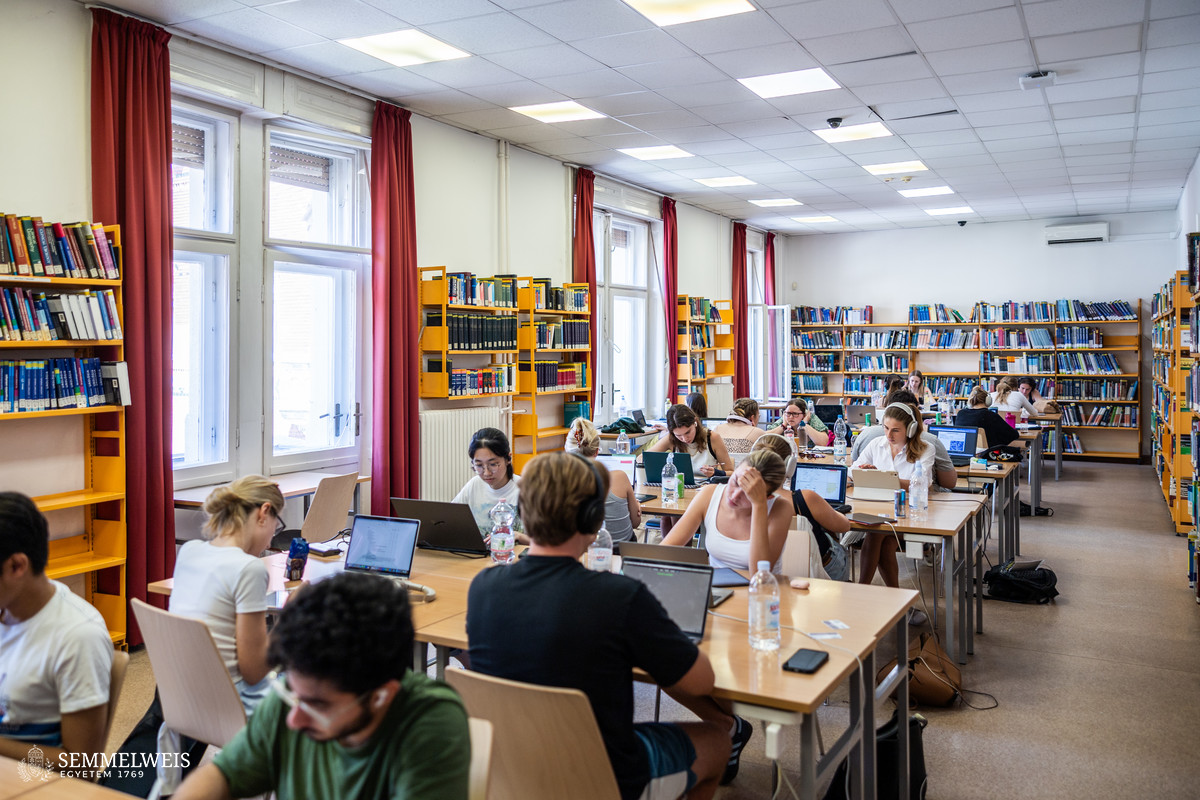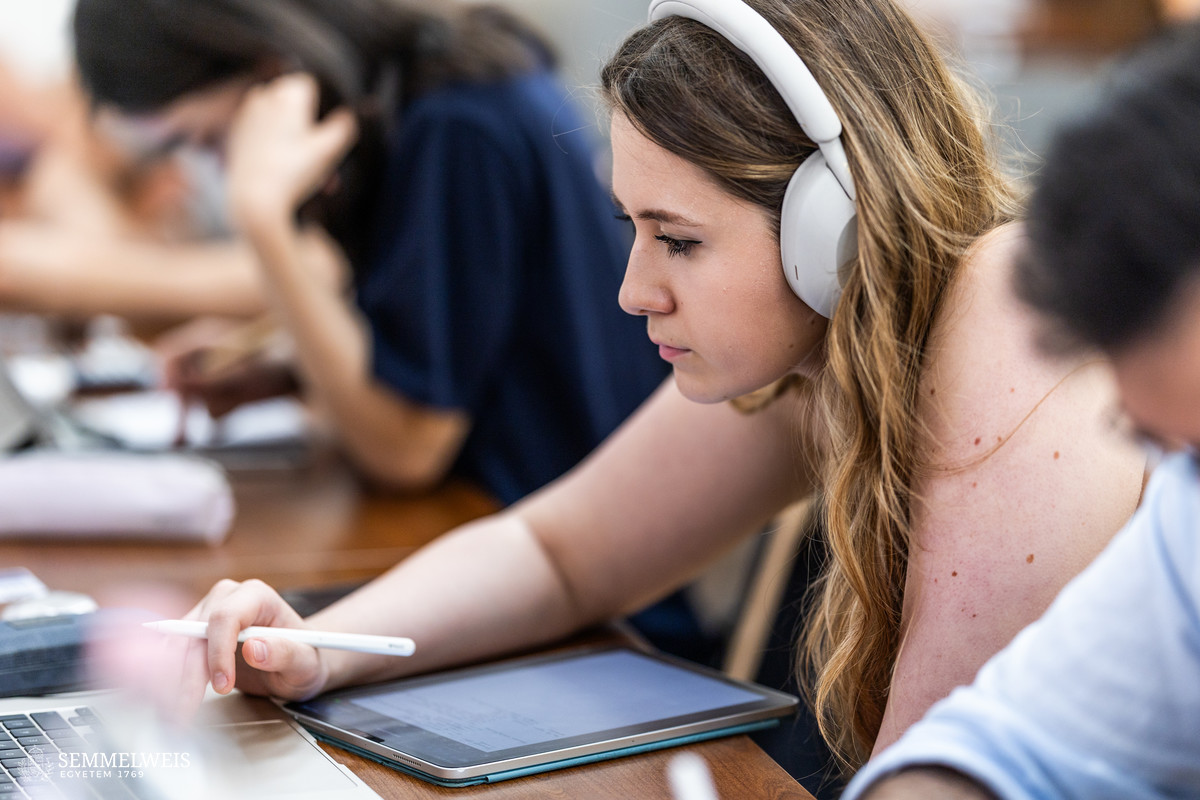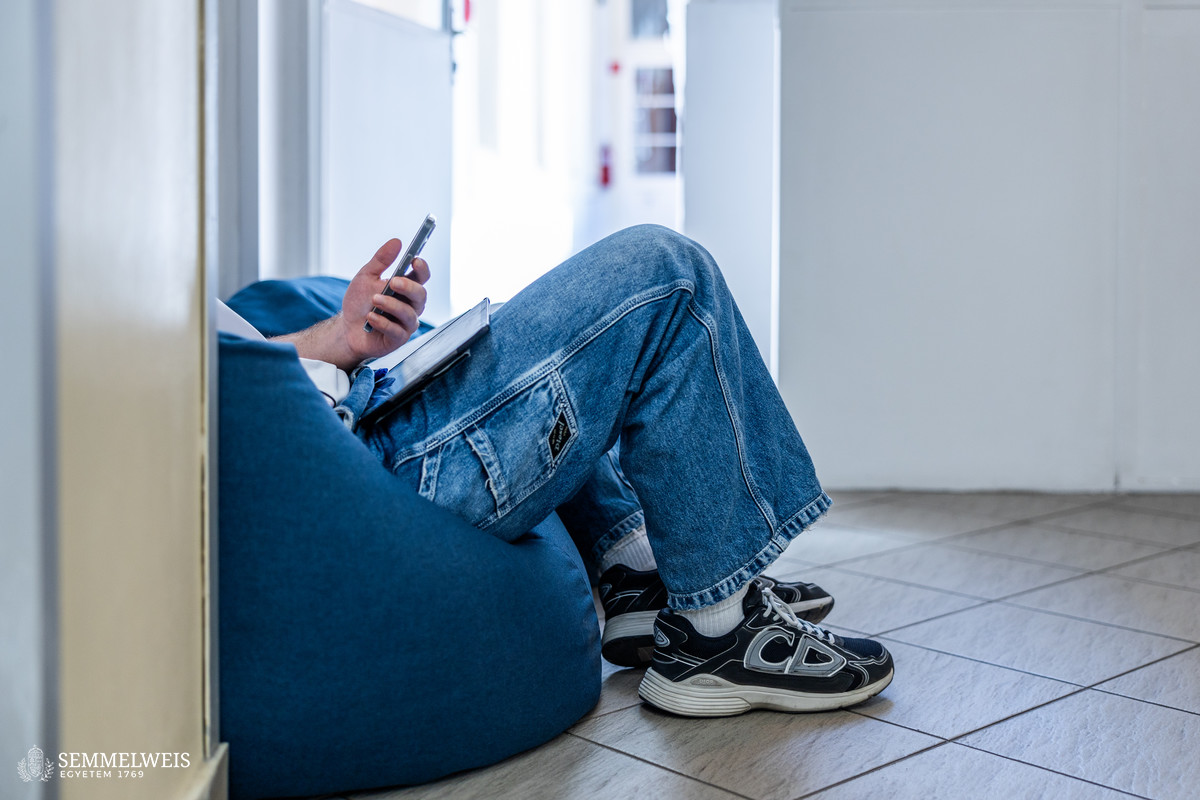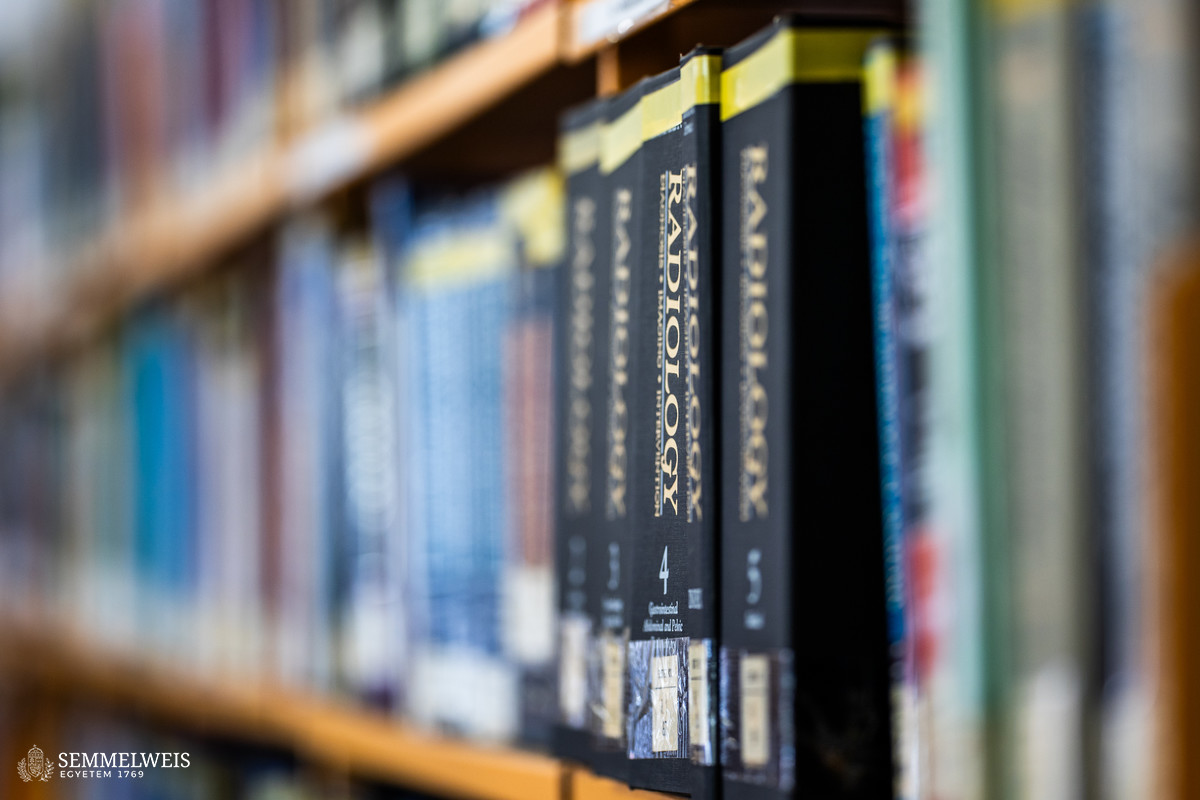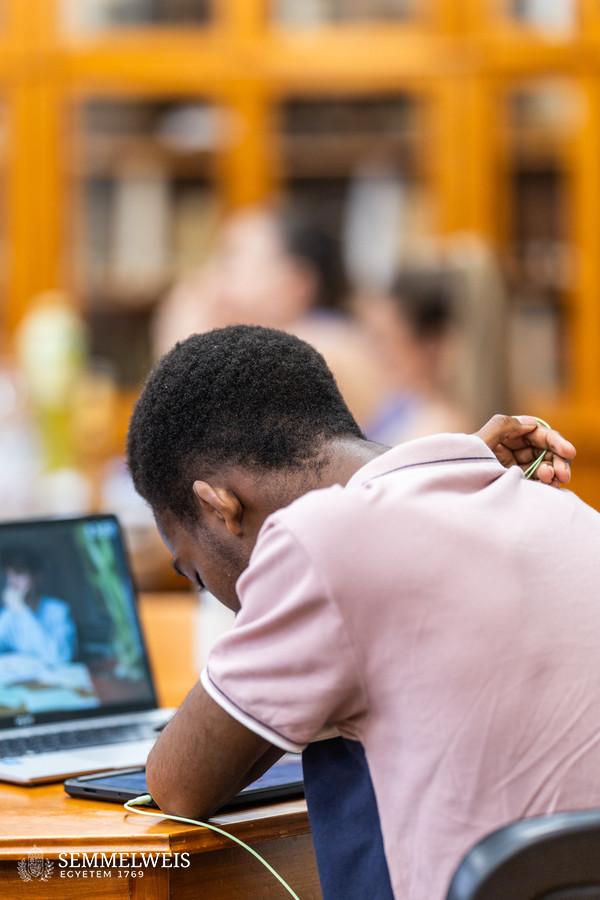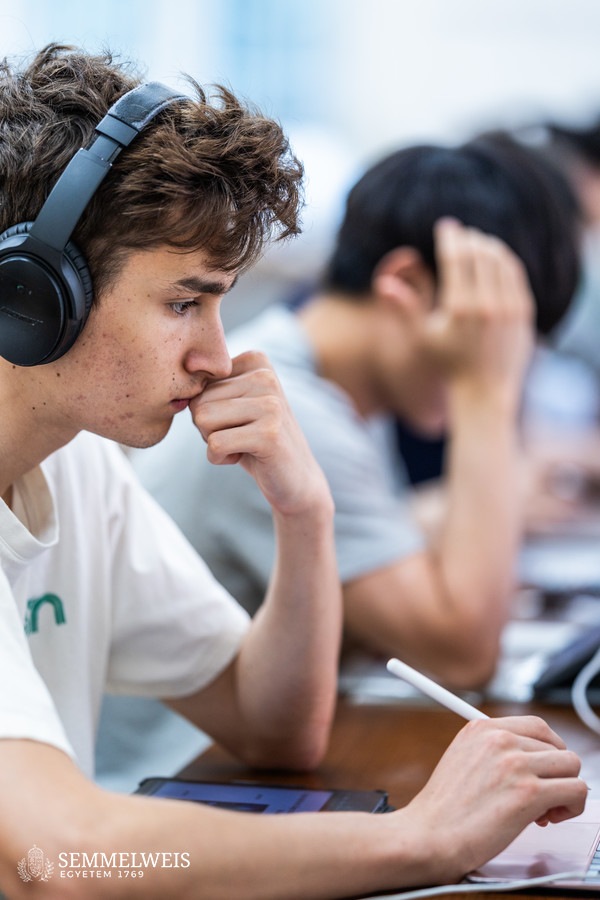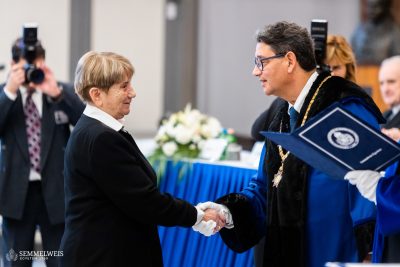One of the standout features of the library is its 24/7 accessibility, which allows students to study at any time of the day or night, even when library staff is not present to assist them. This flexibility is especially beneficial during exam periods when the demand for study space peaks. The library’s resources include traditional paper-based books, a wide range of electronic books, and online databases that support both teaching and research. Another service that is available outside office hours as well is a self-lending terminal that enables students to borrow and return books at their convenience, further enhancing the library’s accessibility. As Director Péter Szluka told our website:
A large number of international students use the library at night and on public holidays; for them it is a community space, outside of the exam period, of course. Compared to international students, borrowing traditional paper-based specialist books and textbooks remains popular among Hungarian students, although they seem to be using more and more digital materials every year too.
According to the data provided by the library’s access system, international students use the libraries in much higher proportions than Hungarian students. Recognizing the increasing use of personal devices among students, the library has replaced its traditional computer lab in the Mikszáth Square library with a laptop lending service. Students also benefit from a robust selection of digital resources and can use a VPN to access library materials remotely, ensuring they have the necessary tools for their studies wherever they are.
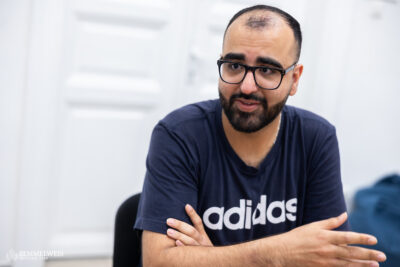 Speaking to our website, Ali Dehghan, a second-year medical student originally from Iran, praised the library’s study environment as being conducive to learning: “I mostly study from 8 a.m. and stay until 11 p.m. or midnight because of the 24/7 availability. It’s really good for us because it provides a quiet environment to concentrate without the interruptions you might get at coffee shops or at home.” He also mentioned using the library’s anatomy resources in his first year, although he found the selection of English books somewhat limited as compared to the range of books available in Hungarian and German. The VPN access to electronic resources that the library provides is highly beneficial for medical students as well. Among others, Ali talked about using the Osmosis database, to which the university had trial access, and the medical knowledge platform AMBOSS, which is likely to be accessible to students with a partial financial contribution on their part in the future. The availability of coffee and food warming facilities is also crucial for students studying late into the night, he added.
Speaking to our website, Ali Dehghan, a second-year medical student originally from Iran, praised the library’s study environment as being conducive to learning: “I mostly study from 8 a.m. and stay until 11 p.m. or midnight because of the 24/7 availability. It’s really good for us because it provides a quiet environment to concentrate without the interruptions you might get at coffee shops or at home.” He also mentioned using the library’s anatomy resources in his first year, although he found the selection of English books somewhat limited as compared to the range of books available in Hungarian and German. The VPN access to electronic resources that the library provides is highly beneficial for medical students as well. Among others, Ali talked about using the Osmosis database, to which the university had trial access, and the medical knowledge platform AMBOSS, which is likely to be accessible to students with a partial financial contribution on their part in the future. The availability of coffee and food warming facilities is also crucial for students studying late into the night, he added.
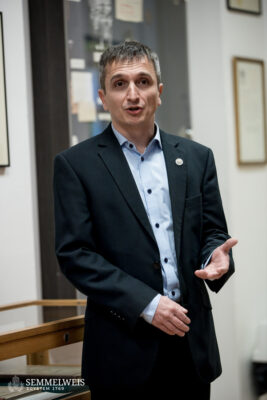 During the Covid-19 pandemic, the library was closed in accordance with health regulations, which put students in a difficult situation. As the printed stock was not available, the use of electronic specialist books and textbooks subscribed to by the university increased significantly. After the library opened, we found that the use of electronic resources remained popular. With the increased use of electronic devices in mind, we are making improvements to the building, and so outlets for charging laptops, tablets, and phones are available in almost all reading areas, Director Péter Szluka pointed out. He also mentioned the research support information page on the website of the Central Library, which contains important information primarily for PhD students, such as the Publication Guide and the Semmelweis Publications database. The latter is useful because it classifies the publication performance of university researchers and departments based on various science metrics and helps to select the right journal for publication.
During the Covid-19 pandemic, the library was closed in accordance with health regulations, which put students in a difficult situation. As the printed stock was not available, the use of electronic specialist books and textbooks subscribed to by the university increased significantly. After the library opened, we found that the use of electronic resources remained popular. With the increased use of electronic devices in mind, we are making improvements to the building, and so outlets for charging laptops, tablets, and phones are available in almost all reading areas, Director Péter Szluka pointed out. He also mentioned the research support information page on the website of the Central Library, which contains important information primarily for PhD students, such as the Publication Guide and the Semmelweis Publications database. The latter is useful because it classifies the publication performance of university researchers and departments based on various science metrics and helps to select the right journal for publication.
 Furra Feeney, another second-year medical student with an Irish-Ethiopian background, finds the library indispensable, especially during exam periods: “I come here most of the time to study. It’s really handy, especially because it’s 24/7, so they don’t close. During exam periods, I’m here a lot more because I don’t have classes.” She arrives early to secure a study spot due to the high demand during peak times. Furra primarily uses her own laptop, but in the past, she sometimes also worked on the library’s desktop computers when studying specific subjects such as histology. Most of the study materials she needs are available as PDF files, making it easy to study electronically. She also mentioned that she does not really study together with groups of students in the library because that can be distracting to other readers.
Furra Feeney, another second-year medical student with an Irish-Ethiopian background, finds the library indispensable, especially during exam periods: “I come here most of the time to study. It’s really handy, especially because it’s 24/7, so they don’t close. During exam periods, I’m here a lot more because I don’t have classes.” She arrives early to secure a study spot due to the high demand during peak times. Furra primarily uses her own laptop, but in the past, she sometimes also worked on the library’s desktop computers when studying specific subjects such as histology. Most of the study materials she needs are available as PDF files, making it easy to study electronically. She also mentioned that she does not really study together with groups of students in the library because that can be distracting to other readers.
To solve this problem, new university buildings are to be constructed, housing libraries that provide areas suitable for studying both individually and in groups. The Central Library is involved in the planning of these libraries and is committed to continuous improvement. Recent renovations in the Central Library include new furniture and the addition of a dining area to enhance the community atmosphere. The library also plans to incorporate anatomical preparations from the Anatomy Museum of the Department of Anatomy, Histology, and Embryology, providing learning tools for medical students that will be available on site during office hours. This initiative aims to support students in acquiring both theoretical and practical knowledge, a critical aspect of their medical education.
Dr. Balázs Csizmadia
Photos by Bálint Barta, Attila Kovács – Semmelweis University
